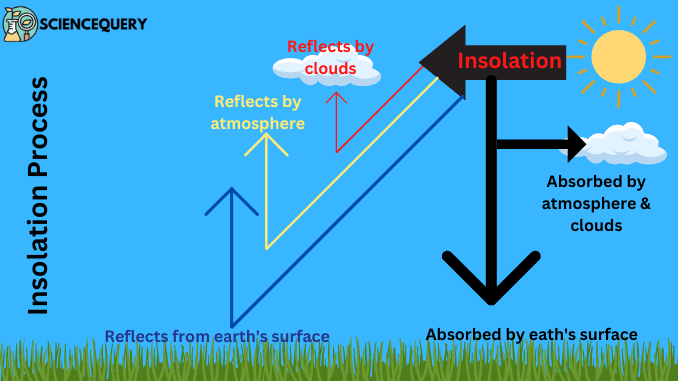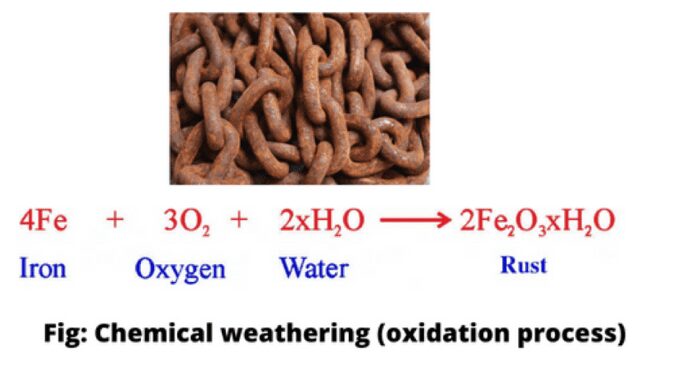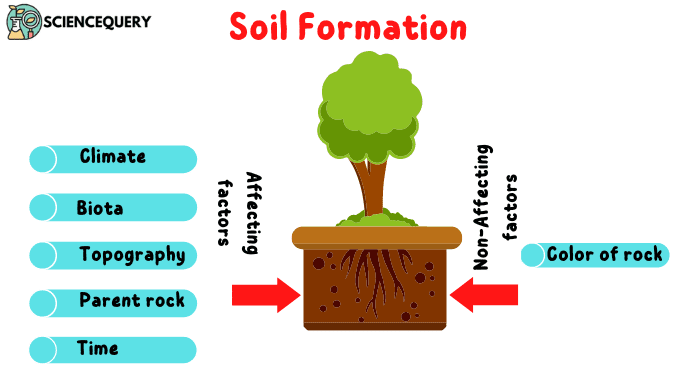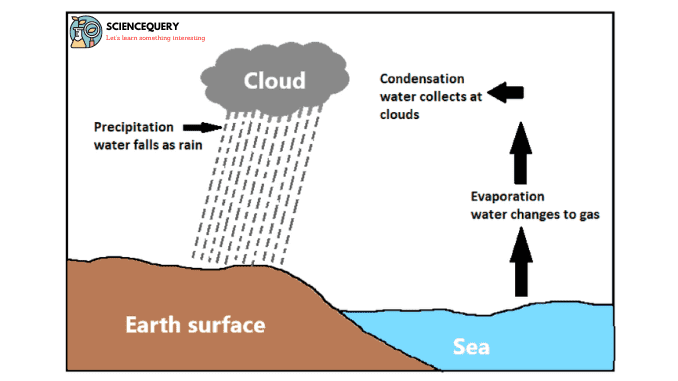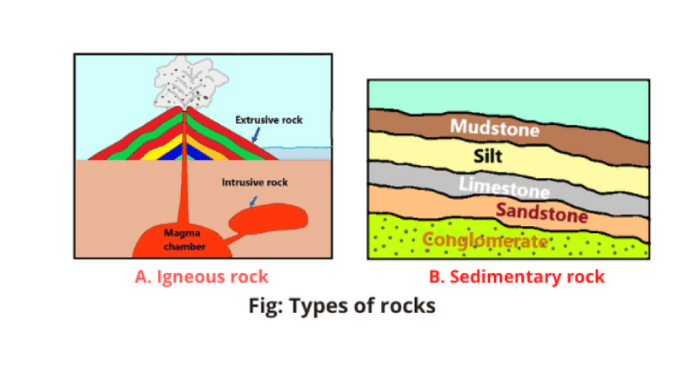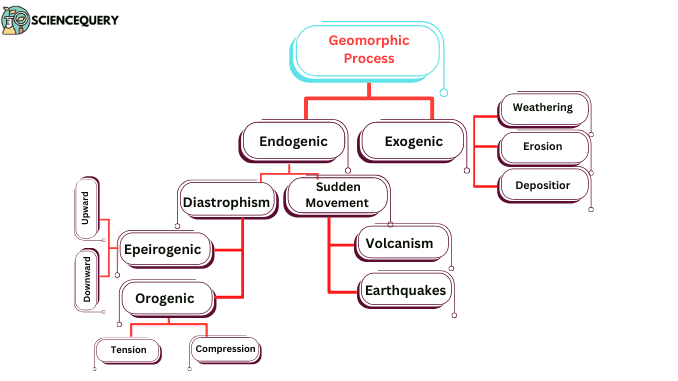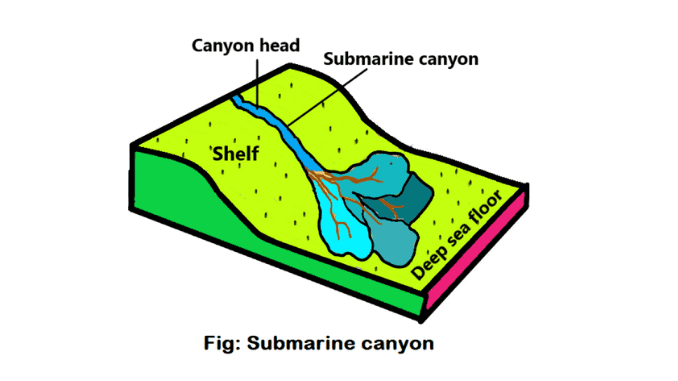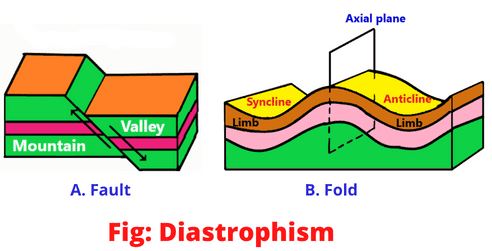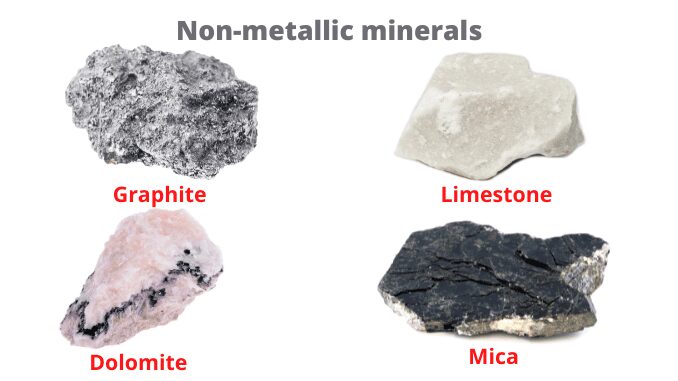What is insolation?
Introduction Insolation is a type of atmospheric phenomenon where the sunray plays an essential role. The main source of heat in the atmosphere is the sun. Sun’s rays cannot heat the atmosphere directly. The earth’s surface is first heated by the sun’s rays and then the atmosphere is heated indirectly due to the heat radiation […]
What is insolation? Read More »

